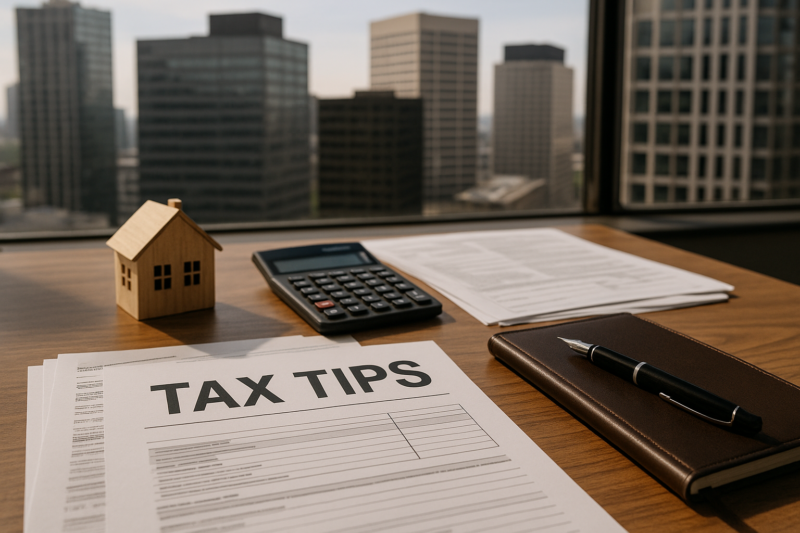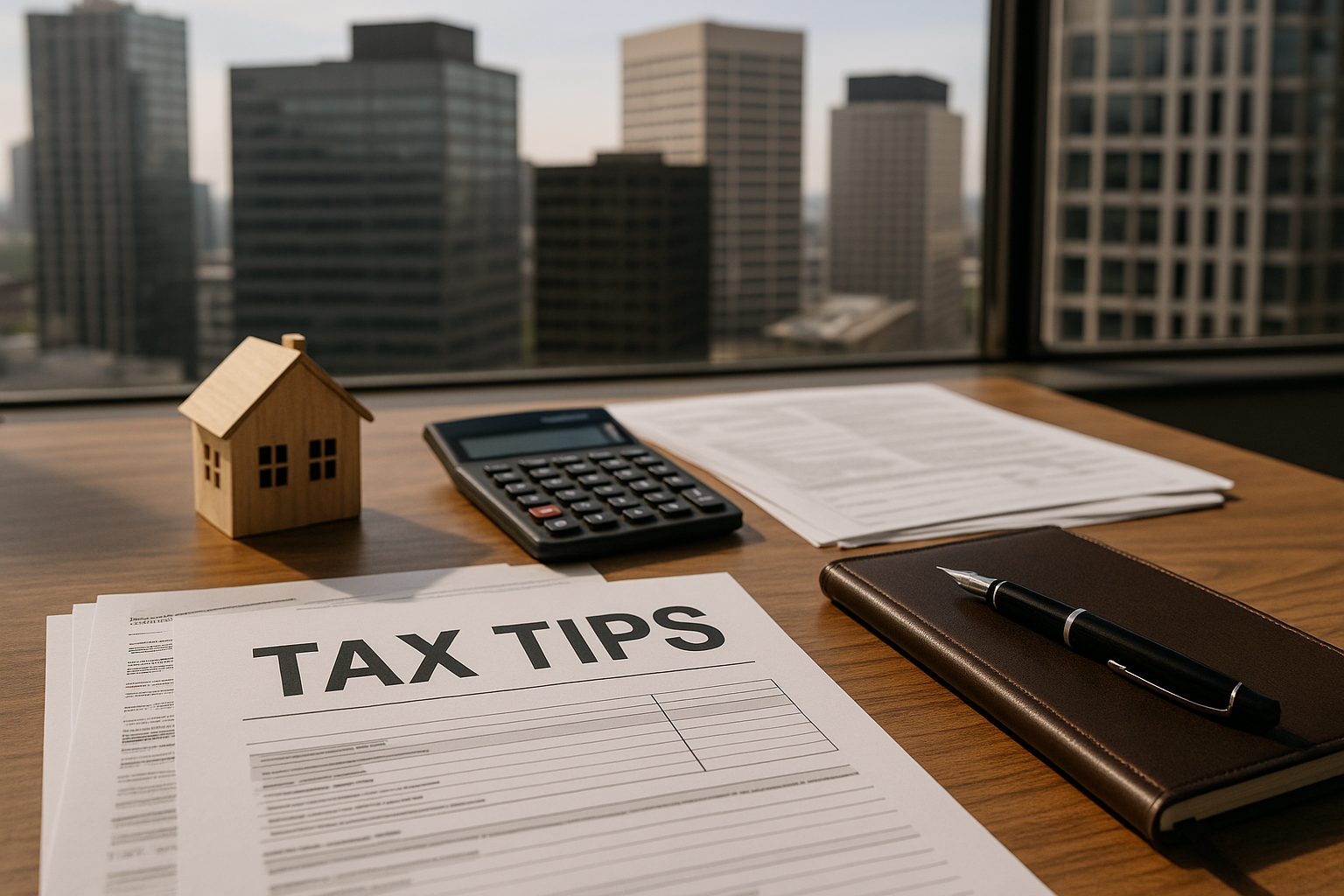
Key takeaways
GST registration: Required if rental income + related income exceeds $75,000 annually (sometimes tenants may request GST registration regardless).
GST applies to rent and outgoings: Tenant reimbursements (rates, insurance, water, etc.) are generally GST-inclusive.
Claiming GST credits: Investors can offset GST paid on property expenses (management fees, repairs, maintenance, advertising, legal costs).
BAS reporting: GST collected is reported via the Business Activity Statement (usually quarterly, but can be monthly/annual).
Selling property: GST may apply on sales unless exemptions (going concern or margin scheme) are used. Planning ahead is critical.
Commercial property offers strong cash flow and capital growth, but tax complexity can erode profits if ignored.
National baseline: GST and BAS rules affect all investors.
Victorian shift: CIPT will fundamentally reshape the investment landscape over the next decade.
Smart investors treat tax planning as a wealth strategy, not just compliance.
If you think investing in commercial property is just about collecting rent and watching your wealth grow, think again.
There’s a whole world of tax rules, GST obligations, and new Victorian reforms that can trip you up if you’re not prepared.
Get them right, and you’ll keep more money in your pocket. Get them wrong, and the taxman will happily take more than his share.
So, let’s cut through the complexity and talk about what you, as a commercial property investor, really need to know about GST, BAS, and some new tax rules that could reshape the game.

GST & BAS Obligations Made Simple (Applies Australia-wide)
When do you need to register for GST?
If the rent you collect (plus other income tied to your property) tips over $75,000 per year, you’ll need to register for GST. Beware as the tenant may want you to be registered irrespective of the annual rent.
That means your rent will attract 10% GST, and you’ll be responsible for reporting and remitting it.
Rent and outgoings – yes, GST applies here too
It’s not just the rent. If your tenant reimburses you for outgoings like rates, insurance, or water, those amounts generally form part of your taxable supply and should include GST.
Claiming GST credits
The flip side is positive: you can usually claim back GST credits for expenses linked to managing and maintaining your property – things like property management fees, repairs, maintenance, advertising, or legal costs.
Lodging your BAS
This is where it all comes together.
In your Business Activity Statement (BAS), you report the GST you’ve collected and offset it against the GST you’ve paid out.
For most investors, this is quarterly, but it can also be monthly or annual, depending on your setup.
Selling a commercial property – plan ahead
GST may also apply when selling a property, but there are a number of exemptions, so plan ahead and seek advice from your accountant.
- Going concern exemption – If you sell a property with a tenant in place, and if both the buyer and seller are GST-registered (and agree in writing), the sale may be GST-free.
- Margin scheme – In some cases, this can significantly reduce the GST payable on sale. Ask your accountant for advice if this applies to you.
- If neither option applies, standard 10% GST is due on the sale price – and that can be a significant cash flow hit if you don’t prepare.
- Foreign resident capital gains withholding (FRCGW) applies to all Australian property sales, unless the vendor (property seller) meets certain requirements, so ask your solicitor to check, or you, as the purchaser, may be liable for the 15% payment.
Victoria-Only: The New Commercial & Industrial Property Tax (CIPT)
While the GST rules apply nationally, investors in Victoria face an additional layer of reform.
From 1 July 2024, stamp duty on commercial and industrial property has been phased out, replaced by the Commercial & Industrial Property Tax (CIPT).
Here’s the quick breakdown:
- A qualifying sale on or after 1 July 2024 triggers a 10-year transition period.
- After that, the property becomes subject to annual CIPT of 1% of the site’s unimproved land value (0.5% for build-to-rent).
- The owner as of 31 December before the assessment year is liable.
- Whether a property qualifies depends largely on its AVPCC code (a classification of use).
- To check whether a property is caught, request a property clearance certificate before buying or selling.
Final thoughts
Commercial property can be a rewarding investment strategy, offering strong cash flow and potential long-term growth. But it comes with responsibilities – and ignoring the tax side is a costly mistake.
Across Australia, GST and BAS obligations are the baseline for every investor. In Victoria, the new CIPT is poised to reshape the landscape over the next decade.
Savvy investors view tax planning as an integral part of their strategy – not an afterthought. Because in the end, wealth isn’t just about what you earn, it’s about what you keep.














